Wouldn’t it be nice if you had a flying machine that could maneuver in any direction while rotating around any axis while maintaining both thrust and torque? Attach a robot arm and the machine could position itself anywhere and move objects around as needed. [Dario Brescianini] and [Raffaello D’Andrea] of the Institute for Dynamic Systems and Control at ETH Zurich, have come up with their Omnicopter that does just that using eight rotors in configurations that give it six degrees of freedom. Oh, and it plays fetch, as shown in the first video below.
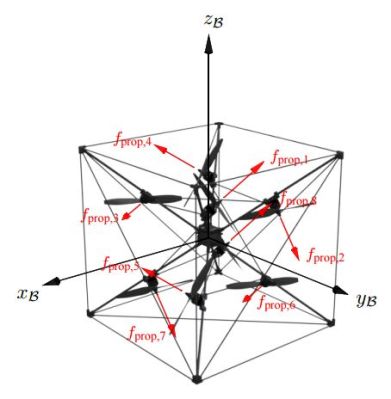
Each propeller is reversible to provide thrust in either direction. Also on the vehicle itself is a PX4FMU Pixhawk flight computer, eight motors and motor controllers, a four-cell 1800 mAh LiPo battery, and communication radios. Radio communication is necessary because the calculations for the position and outer attitude are done on a desktop computer, which then sends the desired force and angular rates to the vehicle. The desktop computer knows the vehicle’s position and orientation because they fly it in the Flying Machine Arena, a large room at ETH Zurich with an infrared motion-capture system.
The result is a bit eerie to watch as if gravity doesn’t apply to the Omnicopter. The flying machine can be just plain playful, as you can see in the first video below where it plays fetch by using an attached net to catch a ball. When returning the ball, it actually rotates the net to dump the ball into the thrower’s hand. But you can see that in the video.
Continue reading “A Flying, Fetching, Helping-Hand Omnicopter”

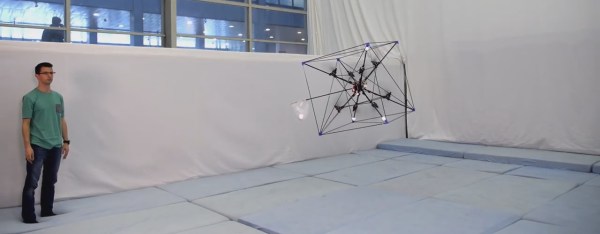

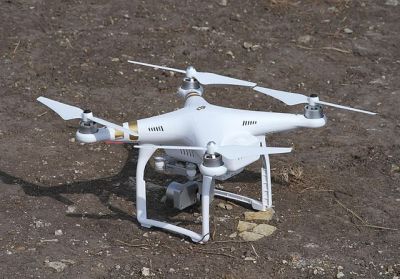

 His focus is on designing small and very portable drones, preferably one that has folding arms and can fit into a backpack. His portfolio even includes a clone of the DJI Mavic, the gimbaled camera-carrying consumer drone known for its small volume when folded.
His focus is on designing small and very portable drones, preferably one that has folding arms and can fit into a backpack. His portfolio even includes a clone of the DJI Mavic, the gimbaled camera-carrying consumer drone known for its small volume when folded.



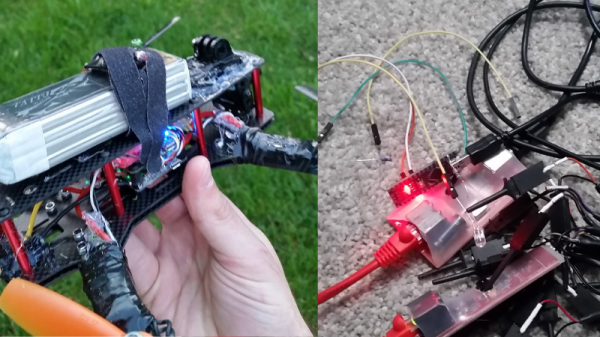



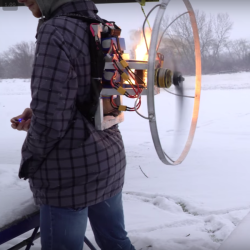 At first glance, it looks eerily similar to Inspector Gadget’s Propeller Cap, except it’s a backpack. [Samm Sheperd] built a
At first glance, it looks eerily similar to Inspector Gadget’s Propeller Cap, except it’s a backpack. [Samm Sheperd] built a 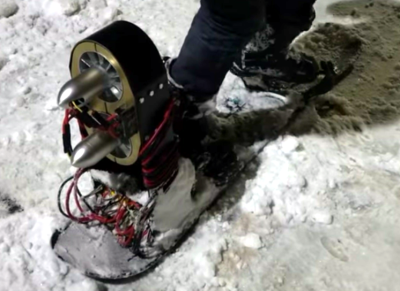 But [Samm] isn’t letting this setback pin him down. He’s promised to take this to a logical finish and build a reliable, functional Propeller Backpack some time soon. This isn’t his first rodeo building oddball hacks. Check out his experiment on
But [Samm] isn’t letting this setback pin him down. He’s promised to take this to a logical finish and build a reliable, functional Propeller Backpack some time soon. This isn’t his first rodeo building oddball hacks. Check out his experiment on 








